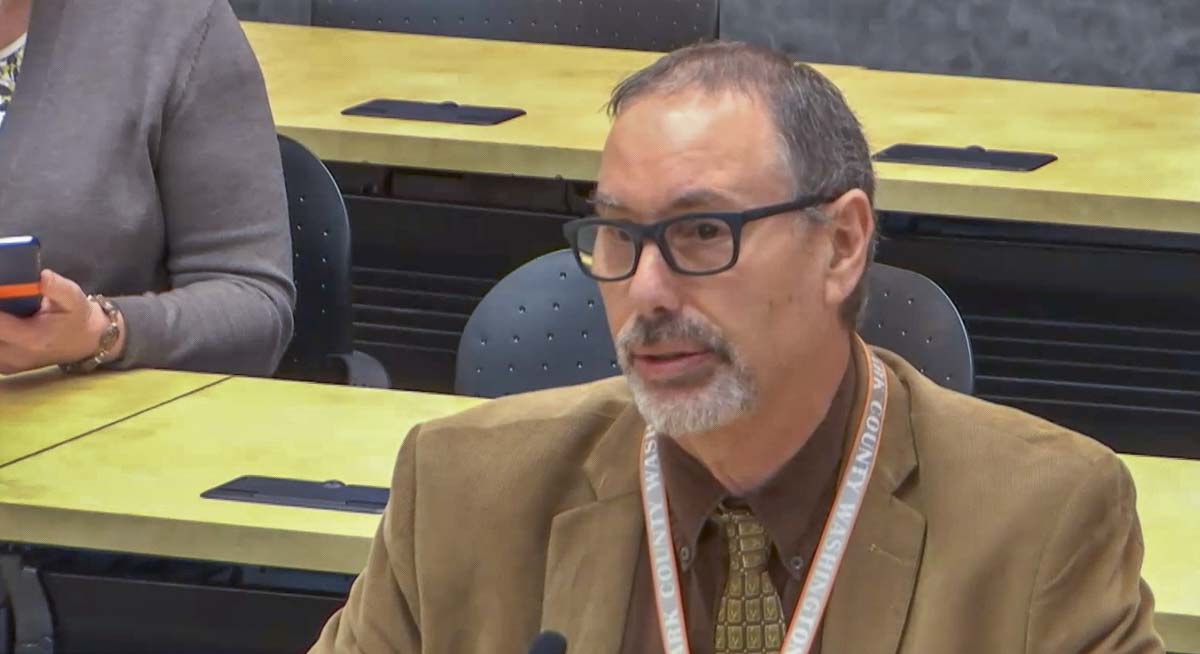The department also issued corrections on case counts and total deaths on Wednesday
CLARK COUNTY — Despite adding 20 confirmed COVID-19 cases on Wednesday, the official total count rose by just 11, and the number of total deaths fell by one, to 37.
It was an adjustment, Clark County Public Health said, that came after a review of their data showed nine previously confirmed cases were duplicates.
The removal of a death, the agency said, came after they learned that a man in his 70s whose death was announced on Monday was initially marked as a confirmed case. After a review, they determined that he was, in fact, a close contact of a confirmed case, and had died of other causes.
“We strive to provide the most up-to-date and accurate data possible,” CCPH said on its Facebook page. “Our data reconciliation process is ongoing and if errors are detected, we will correct them promptly and share that information with the public, as we have done today.”
The department has also struggled in recent weeks to update their daily graph of the outbreak’s epidemiological curve, as staff deal with new outbreaks linked to businesses and other facilities.

At Wednesday’s meeting of the Board of Public Health, Clark County Public Health Officer Dr. Alan Melnick said the department has confirmed 10 outbreaks at facilities in the county, though none were linked to long term care facilities. An outbreak, according to the state, is defined as any two or more non-household cases at any workplace, congregate living, or institutional setting which can be linked.
The county would need to have fewer than two such outbreaks over the past two weeks in order to qualify for Phase 3 of the governor’s Safe Start Washington reopening plan. Further reopenings have been paused until at least July 28, and Clark County would need to re-apply at that time, if the pause is not extended further.
Another key metric needing serious work, Melnick admitted, is case investigations.
When the county first applied for Phase 3 on June 26, 63 percent of new cases were being reached by a case investigator within 24 hours. Still below the 90 percent metric set by the state, but Melnick anticipated at the time that their numbers would improve with more staffing coming on board.
The opposite has been true.
As the number of new cases has risen, CCPH has struggled to keep up. At their meeting on July 8, Melnick said public health was contacting just 8 percent of new cases within 24 hours, but that he anticipated the metric would improve substantially soon.
At Wednesday’s meeting, Melnick admitted that things, in fact, had gotten worse, with only 7 percent of new cases being contacted within 24 hours between July 5-18.
“We’ve had to hire and train a lot of new nurses and get them trained up,” Melnick said in detailing their struggles. “We launched a new database, Cohesion, that people had to get comfortable with using. And then we were having this influx of new cases, 30 to 50 new cases per day.”
The county currently has 23 nurses trained to do the initial case investigations, Melnick said, with 36 contact notifiers contracted through The Public Health Institute.
With that level of staffing, case investigators have been able to improve from reaching 20 people per day, to 60. Still, the quick increase in confirmed cases has left a backlog to deal with.
“We had made a decision a few weeks ago to start with the backlog and address the oldest cases,” Melnick said, “because we were concerned that some of their contacts may have already been becoming sick and potentially spreading the infection.”
Now, in order to improve the rate of contacting new cases, Melnick said, Public Health is reversing course and will begin reaching out to the newest cases first, then working their way through the backlog.
Another change is reducing the number of questions that case investigators have to ask when they make contact with a confirmed case.
The county will eliminate questions on prior health symptoms, as well as when the case experienced the onset of individual symptoms of COVID-19.
The goal, Melnick said, is to improve the number of cases their nurses can reach per day.
“One of the reasons it’s important to get the case as quickly is we ask them where they’ve been and who they’ve been around,” said Melnick. “And we ask them about symptoms, and we want to know where they’ve been two days before their symptom onset and while they’ve had symptoms.”
That information is used to identify close contacts, who are then contacted by the Public Health Institute employees. Melnick noted that they have been able to reach 68 percent of potential contacts within 48 hours, which is short of the state’s 80 percent metric, but better than the 61 percent rate the county was reaching three weeks ago.
On Tuesday, Clark County Council also approved an additional $1.22 million for Public Health to hire an additional 14 nurses to do case interviews, along with support staff and an additional epidemiologist. The funding will come from the county’s CARES Act distribution, and cover the additional staff through the end of October.




